— By Hayley Kurnow
— Photography by Sean Fennessey
Art advisor Sarah Fletcher explains how she channels her passion for storytelling and personal expression into an evocative gallery proposition in Melbourne that is at once personal, suggestive and a little gritty.
Sarah Fletcher’s fascination with art is, no doubt, innate, having been surrounded by artists from early childhood. Her mother was an antique collector and her father a geologist, entrepreneur, art collector and former chair of Heide Museum, who was “obsessed with people who could create something of value out of nothing” Fletcher says. One formative memory was when he commissioned then up-and-coming Melbourne artist Bruce Armstrong to craft a ‘silver swan’ maquette to symbolise a nickel mine her father had founded in Western Australia. “Dad kept saying that he couldn’t see the passion in the models Bruce was producing, until Bruce screwed up a coat hanger in frustration, and there it was, this swan,” she recalls, eyes sparkling.
This same attitude of questioning, challenging, and driving creative ingenuity and expression has shaped Fletcher’s attitude to arts practice today. “My influences are the creators, the builders,” she asserts. “It is breathtaking what artists invest of themselves; they shed flesh to add something beautiful and meaningful to the world, and it’s a privilege to be part of the process.”
After establishing a disruptive apartment gallery in St Kilda that showed “you can have your bacon and eggs beside a good piece of art—it doesn’t need to be precious”, and Franque, a distinctive emporium of luxury goods and art in Toorak, Fletcher felt compelled to revisit her core message. “I wanted to focus more on the raw expression of what art is,” she says, “because it’s not a fashion accessory.”
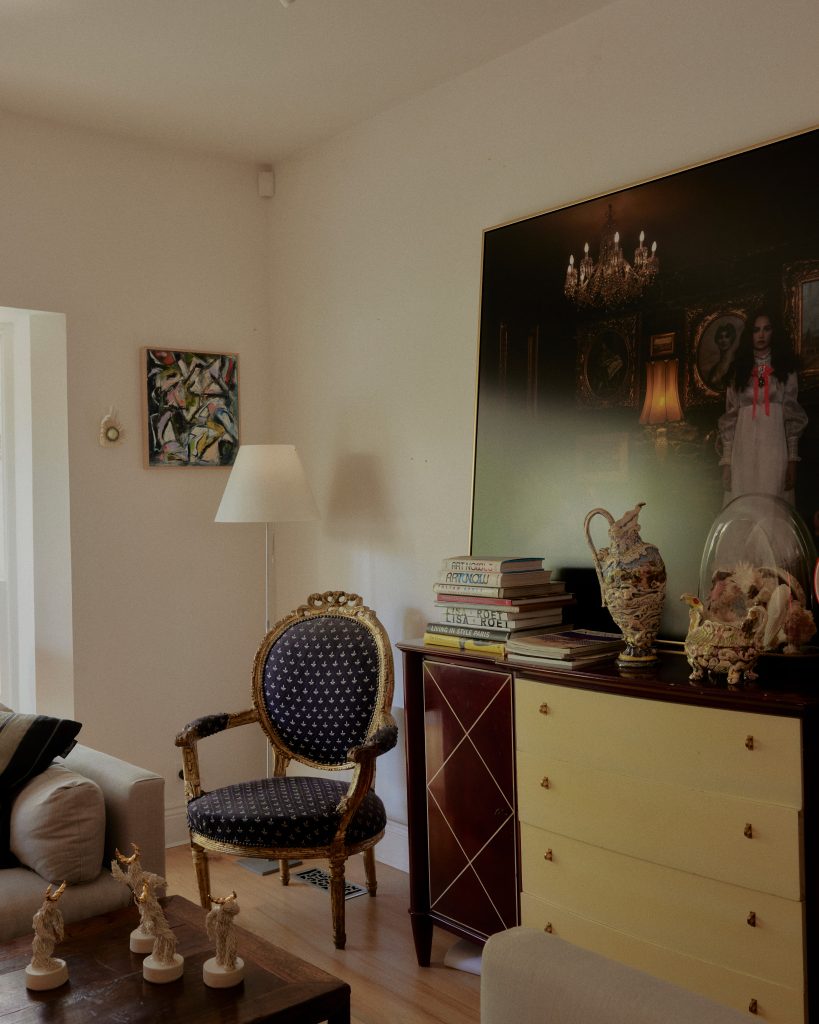
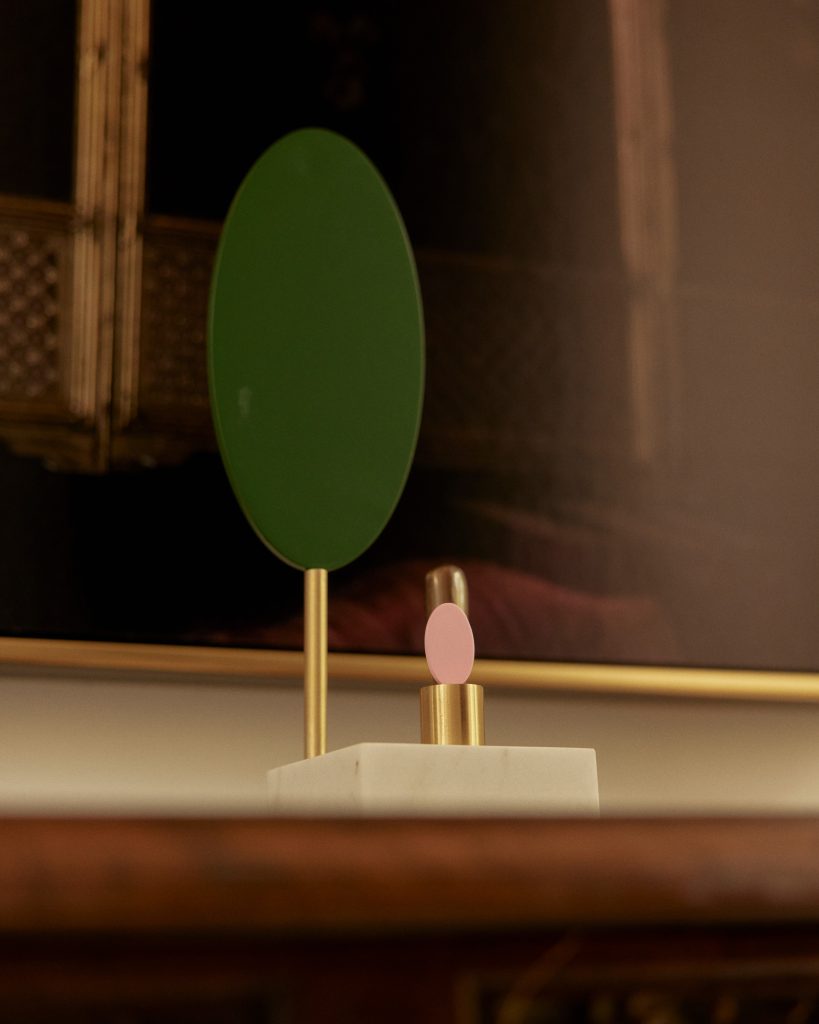
Enter Fletcher Art, a gallery proposition and curatorial service that gives substance to Fletcher’s visceral comprehension of art and space, while feeding her passion for engaging directly with artists. Evolving her previous entrepreneurial endeavours, Fletcher Art’s antique furnished consultancy and gallery — inconspicuously housed above a Korean restaurant in South Yarra — is complemented by an intimate home salon in Toorak, open to collectors by appointment.
Upon entry, Fletcher’s home unfurls as a light-filled treasure trove of art, antiques, and collectables, its ‘un-done’ quality and continual reinvention provoking a blend of private clients, artists, designers and architects to consider new spatial compositions. She buzzes between works by the likes of Richard Stringer, Peter D Cole, Lisa Roet and Holly Grace with fervent energy. “The dynamics are there to explore,” she says.
“Love it or not, we are not here to please but to execute an everchanging experience of potential scenarios. It’s not radical stuff, but it’s challenging and a little gritty. It’s just enough for buyers to feel excited [and] a little uneasy.”
Representing 20 established and emerging artists, designers and craftspeople, Fletcher relishes the opportunity to speak compellingly on their behalf—an act requiring great trust. “Many artists underestimate the power of their ideas,” she suggests. “I often get to be part of the dialogue, to offer suggestions or just listen, which is a rewarding and nourishing process,” she says, smiling. Regularly visiting artists in their studios, Fletcher gains an inherent understanding of their process and artistic narrative, which she shares with her buyers to enrich their appreciation of acquired works.
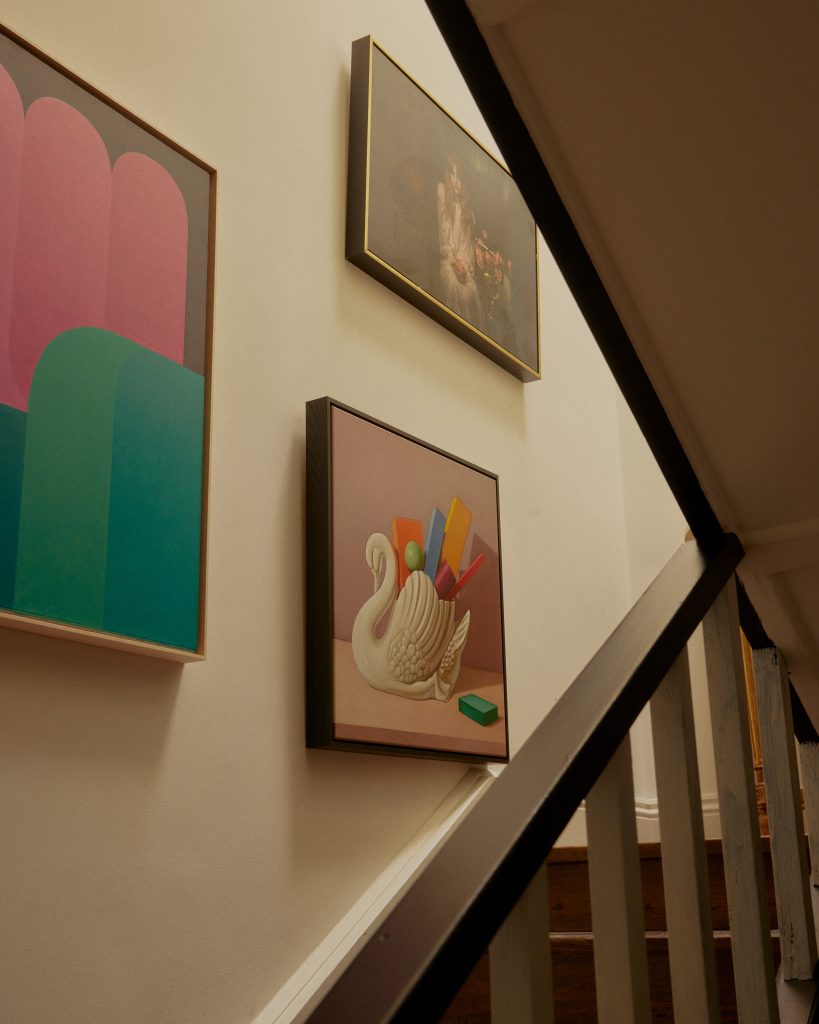
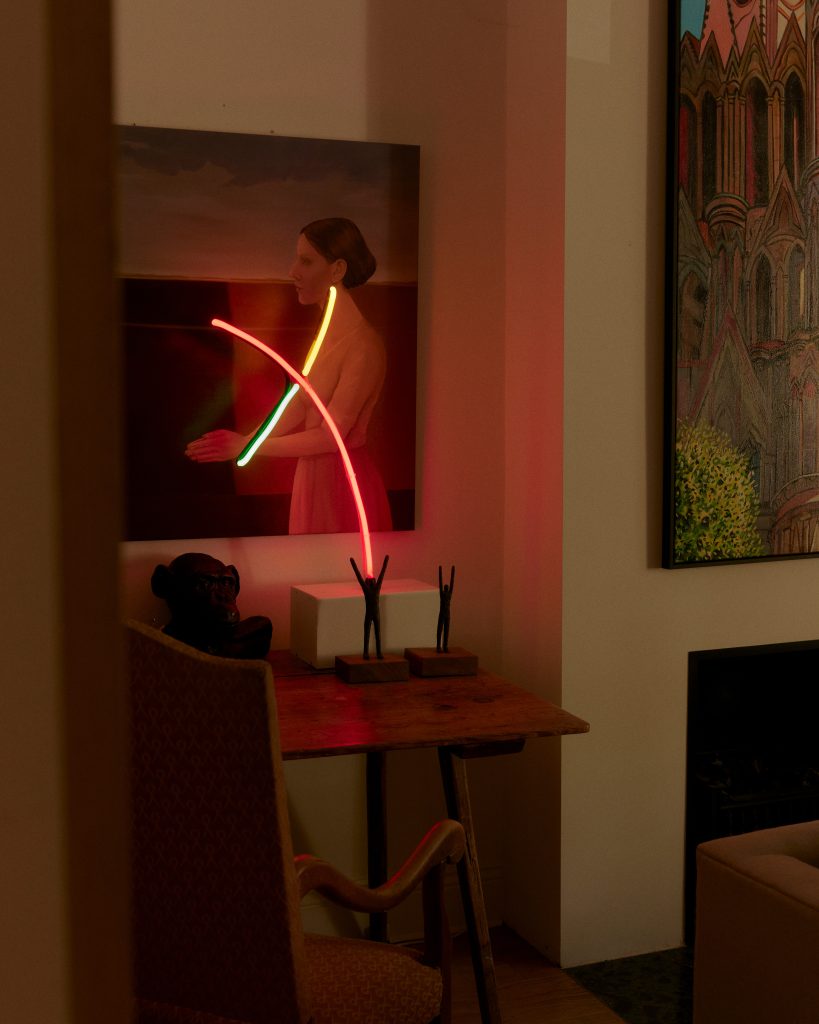
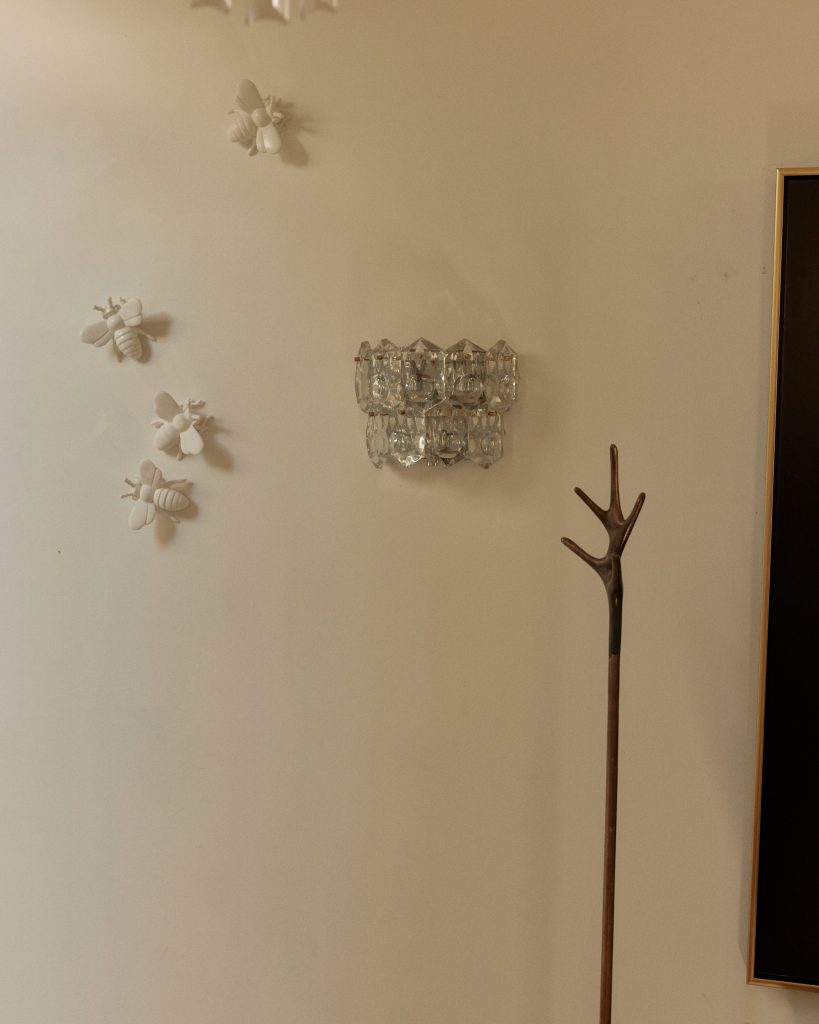
This commitment has enabled Fletcher Art to cultivate a pulsing community of artists, craftspeople, and collectors. Fletcher frequently hosts artist lunches at her home, where the more established artists informally mentor fledgling ones by sharing ideas and advice, imploring them to ‘dust themselves off’ in trying times. Once a month, Fletcher invites like-minded collectors to a home gallery soiree to celebrate a new artist or theme, to converse, interpret and validate new works, bolstering the spirit of the art community.
Fletcher’s skill in facilitating connections between art, artists and collectors also underpins her approach to curation, which acknowledges art collecting as a highly personal and emotive act. “My job is to understand how the client ticks, give choices and then step aside while they sit with it,” she says. In the pursuit of harmony and balance, Fletcher assembles new and existing works through the lens of the collector’s identity, and harnesses negative space to allow the talent to breathe.
Her curatorial approach consistently eschews trends and recognises art’s inherent subjectivity. “Whether it’s a dead bee sculpture on a building by Richard Stringer, an elaborate ceramic by David Ray or a glass work by Louis Grant, I can only back what moves me, and I don’t expect everyone to be moved in the same way,” she says. “Some artwork that is horrific to one may be [adored by] another. I cannot and should not try to convince anyone to love something. In fact, the best part of my job is when the right artwork finds the right client organically.”
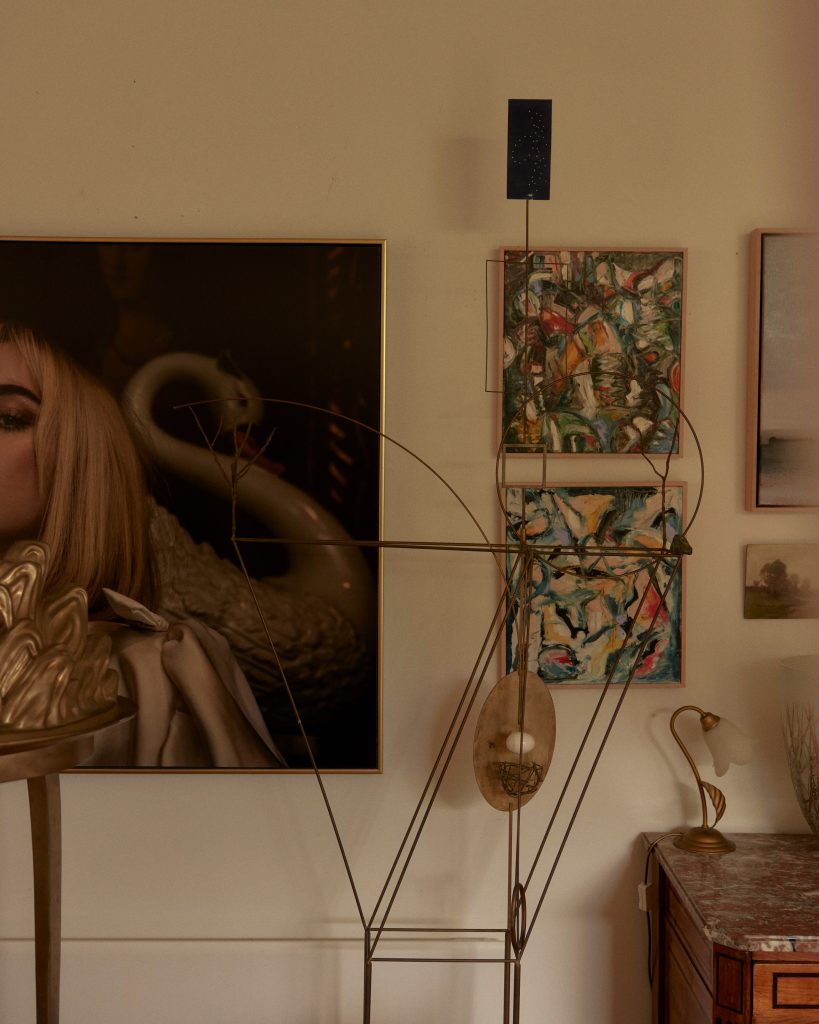
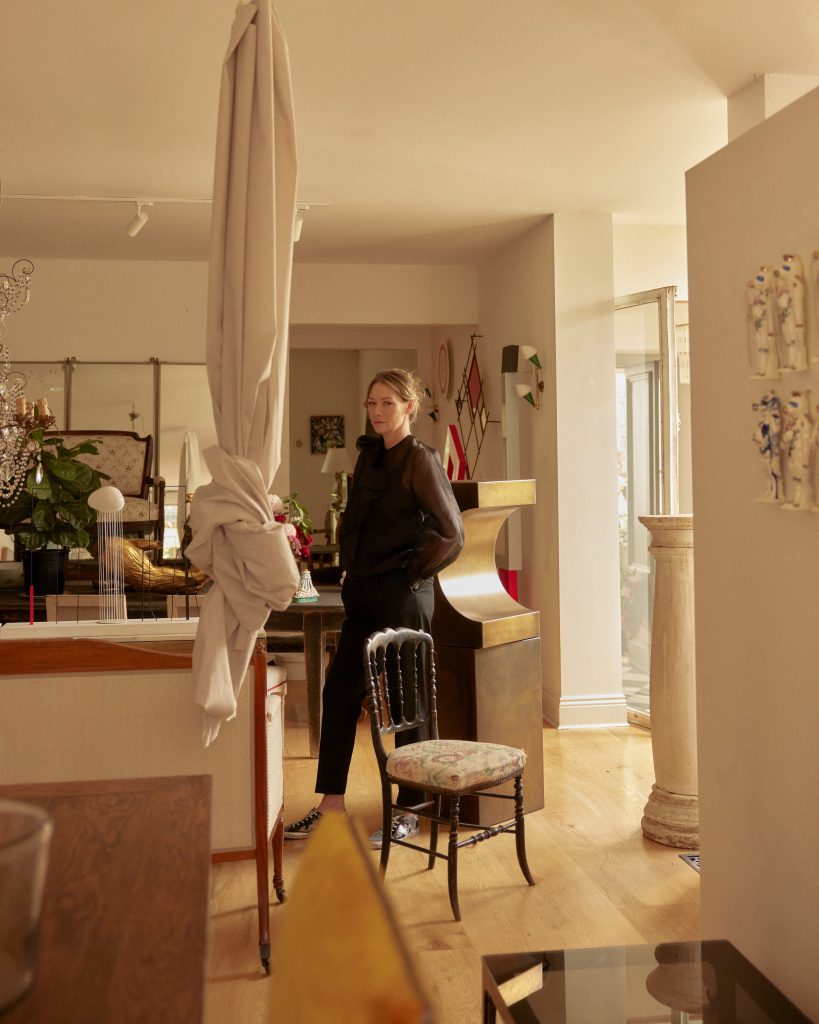
While she rebuffs the concept of having a ‘good eye’, Fletcher says she does indulge her instinct “as a circuit breaker to pull ahead”. Her history of working in different roles and with challenging spaces has honed this instinctive approach, giving rise to what she describes as “dynamic, unexpected outcomes that are the opposite of contrived”. Feeling guides Fletcher’s incisive selection of artists for Fletcher Art and her careful curation of pieces for clients. “I have a rule that I don’t handle any artworks I wouldn’t want to own myself,” she reveals.
While Fletcher Arts’ catalogue of works is covetable, diverse and everevolving, Fletcher is most enamoured by works expressing the elemental journey of raw materials, and our place in that journey as collectors and admirers. “Ceramics, glass, stone and bronze have helped form modern civilisation as we know it and will continue long after we are gone,” she says.
“It is a luxury to be a part of their narrative at a moment in time.”
Some of Fletcher’s most cherished pieces in the gallery today echo this sentiment, including Lisa Roet’s striking bronze gibbon hand, a commentary on our relationship and connection to other primates; a glass work by Adelaide-based artist Jessica Murtagh; and, perhaps most notably, a solid marble console by Melbourne furniture designer Daniel Barbera. The cut grooves of this work reflect ancient stonemasonry techniques, executed with a restraint that honours the marble’s beauty in its natural state. Given the resonance between Fletcher and Barbera’s artistic ethos, the duo is set to collaborate on a satellite presentation titled BCE (Before Current Era), for this year’s Melbourne Design Week.
Gazing around her home gallery—a place with continual movement—Fletcher’s eyes dart between sculptures by Peter D Cole, a recycled material work by Carlo Golin, and back to rest on Barbera’s console. “I’ve always loved the quote from French writer Paul Valéry: ‘The idea of the past assumes its fullest significance and value only in those who are filled with passion for the future’.” With an unwavering interest in what lies ahead, she indeed grasps the lessons of history with rigour and wonder, her artistic nous instinctively shaping future comprehensions of art, space and design.
fletcherarts.com
